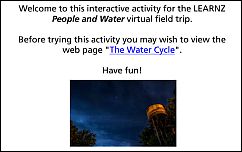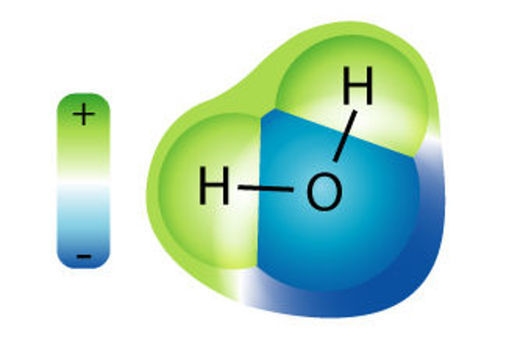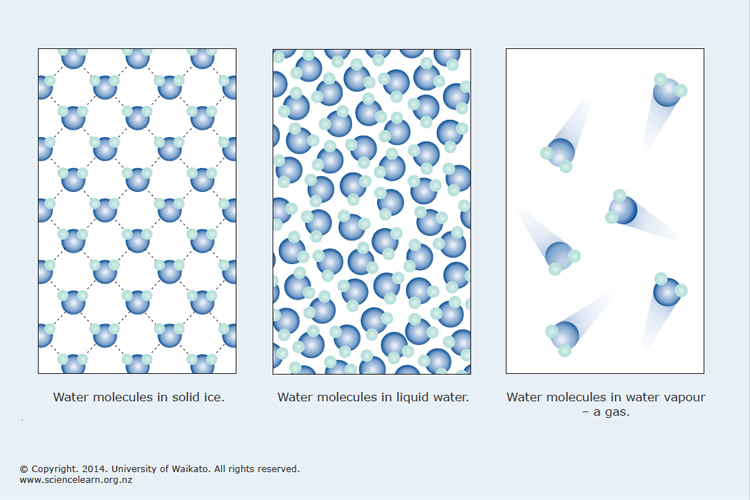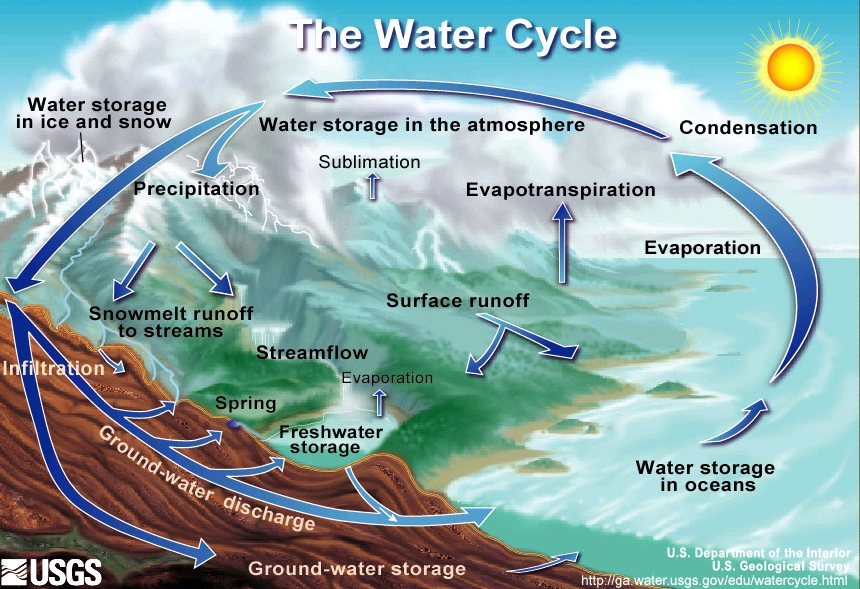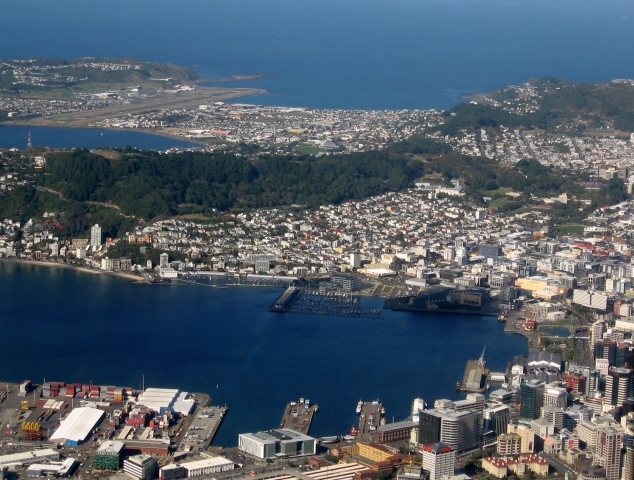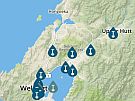Water is a molecule
A molecule is a group of two or more atoms that bond or ‘stick’ together. Water is a molecule. It is made up of two hydrogen (H) atoms and one oxygen (O) atom that are bonded together. The H and O are symbols for the atoms that make up water. This is why people often call water H2O.
Water can change from a liquid to a solid or a gas and back to a liquid, over and over again. Not all substances can do this.
If you change the state of water you don't change the amount of water or the molecules that make up this water. A water molecule is always H2O whether it is liquid water, ice or water vapour, the only thing that changes is the movement of the water molecules:
- Water molecules in ice don't move around
- Water molecules in a liquid move slowly
- Water molecules in a gas move quickly
Where we find water
Water is liquid in rivers, groundwater, lakes, oceans and rain.
As a gas, water vapour comes from the surface of water bodies like oceans or lakes, and from the surface of plants and the land when this water is heated by the sun. This process is called evaporation; when water changes from a liquid to a gas.
Snow and ice are the solid form of water. Some snow and ice melts and turns into liquid water.
Only a very small amount of the total amount of water (about 0.3%) is drinkable water.
Water’s journey 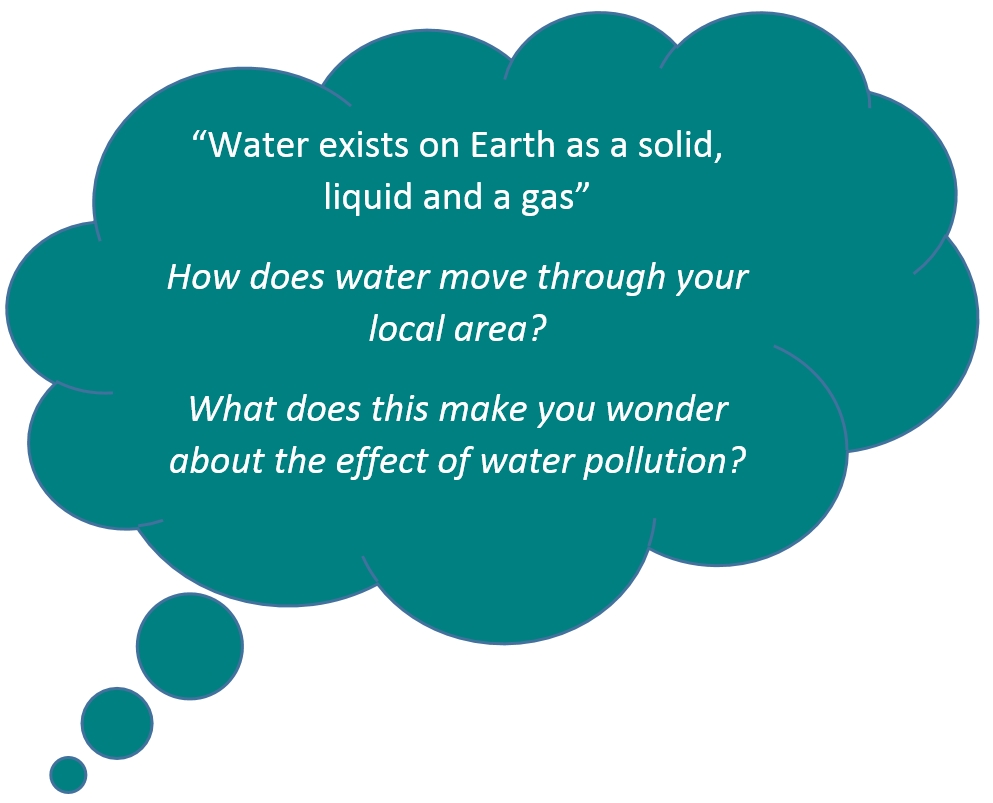
If you leave some water on a saucer by a window, it will over time evaporate. This happens only if there is enough heat energy for the water molecules to move and ‘break’ out of their liquid structure and turn into a gas.
Most evaporation is from the oceans but this water will in time cool and rain back into the ocean. Some rain falls on the land and might spend some time there as ice, snow, groundwater or in streams, or it may be stored in lakes before it returns back to sea.
This journey of water is called the water cycle. It describes the change and movement of water. Understanding things that can affect the water cycle helps us to understand how climate change will affect people.
Where Wellington’s water comes from
The Wellington region has three sources of drinking water:
- The Hutt River
- The combined flow of the Wainuiomata and Orongorongo Rivers
- The Waiwhetu Aquifer - a natural underground reservoir beneath the Hutt Valley that is fed by river-water seeping into the ground.
Wellington Water manages these water sources to protect the quality of the water.

